Continuous Light Photography – The Pros and Cons
Should you use a flash? Should you use an LED:
Without light, there is no photo, plain and simple. Therefore, choosing a proper lighting setup can greatly change image quality. Photographers often consider continuous and flash lighting options in photo studios when preparing for a photo shoot.
In this blog post, let’s look at the pros and cons of each photography lighting option so that you can better decide which you prefer according to your needs.
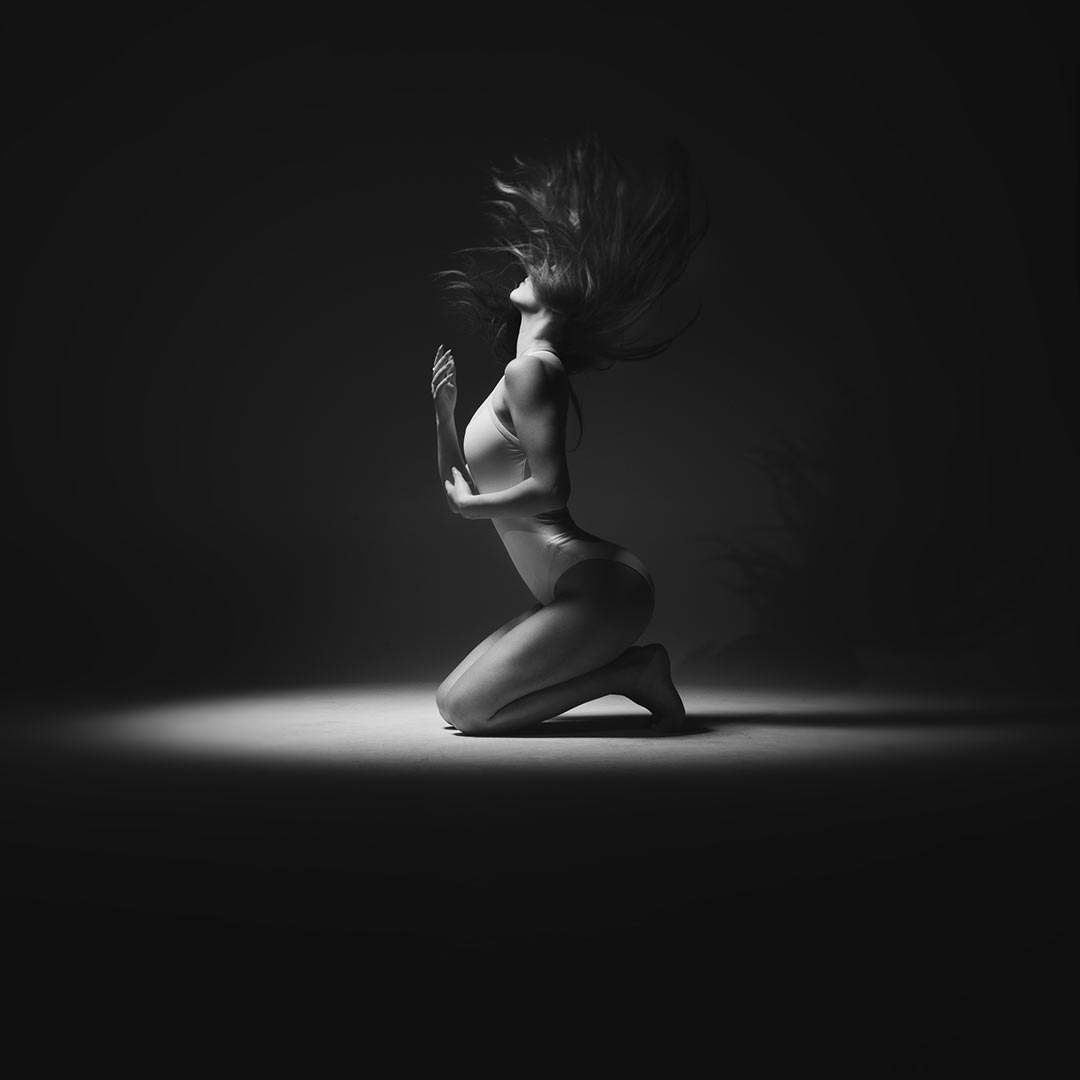
The Pros of Continuous Lighting:
1) Real-Time Preview:
One of the advantages of continuous lighting is the photographer’s ability to see what the picture will look like in real time. You can observe the exact result since light remains constant while setting up. Light intensity and position adjustments get done quickly.
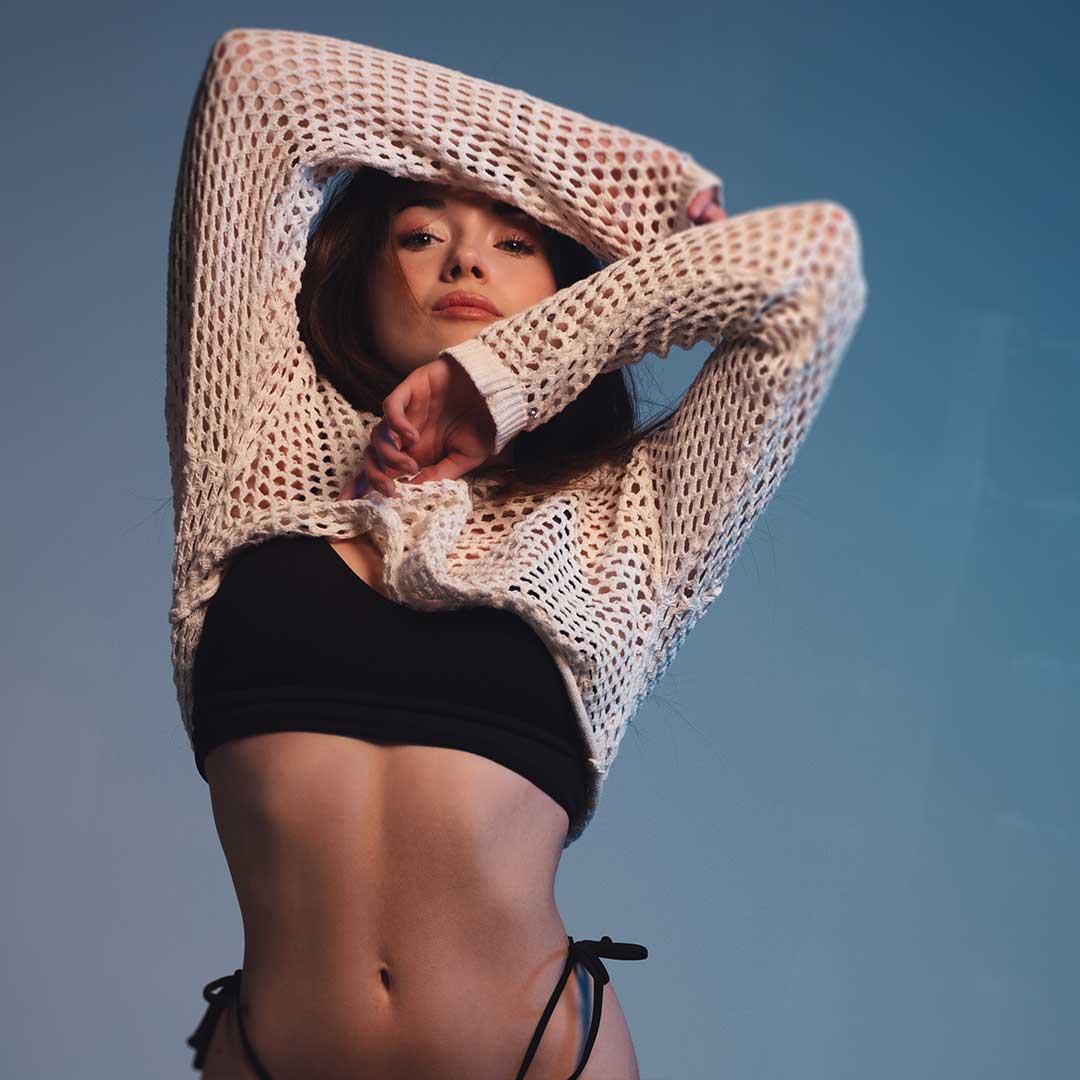
2) Continuous lighting is easy and Intuitive:
Like natural lighting, continuous lighting is often considered more beginner-friendly and straightforward than flash lighting. Continuous lighting lets you turn lights on, position them appropriately, and start shooting. Simplicity like this makes it an ideal choice for photographers who prefer a more direct approach. What you see is what you get.
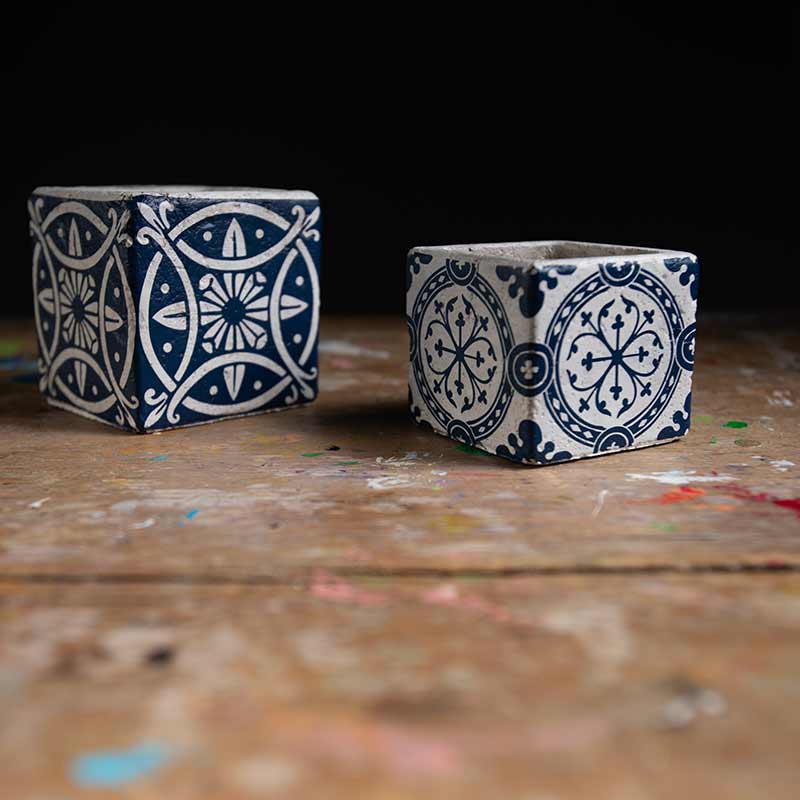
3) Continuous lighting is the same for a video workflow:
Continuous lighting offers versatility. You can use it in many types of photography or for video shoots. The same principles of photo lighting are in video lighting. What you learn in photography can be easily passed on to video workflow.

Cons of Continuous Lighting:
1) Images tend to be less crispy with continuous lighting:
Because continuous light is less intense, camera settings can make for a less sharp and crisp image. With camera equipment evolving, this is less of a problem than it used to be but it still can be a limitation.

2) Motion is challenging to freeze with continuous lighting:
Because there is less light, you cannot permit your camera to shoot at very high shutter speeds. You need at least a 1/500th of a second shutter speed to freeze fast motion. Getting a bright shot at slower shutter speeds can be a bit challenging.
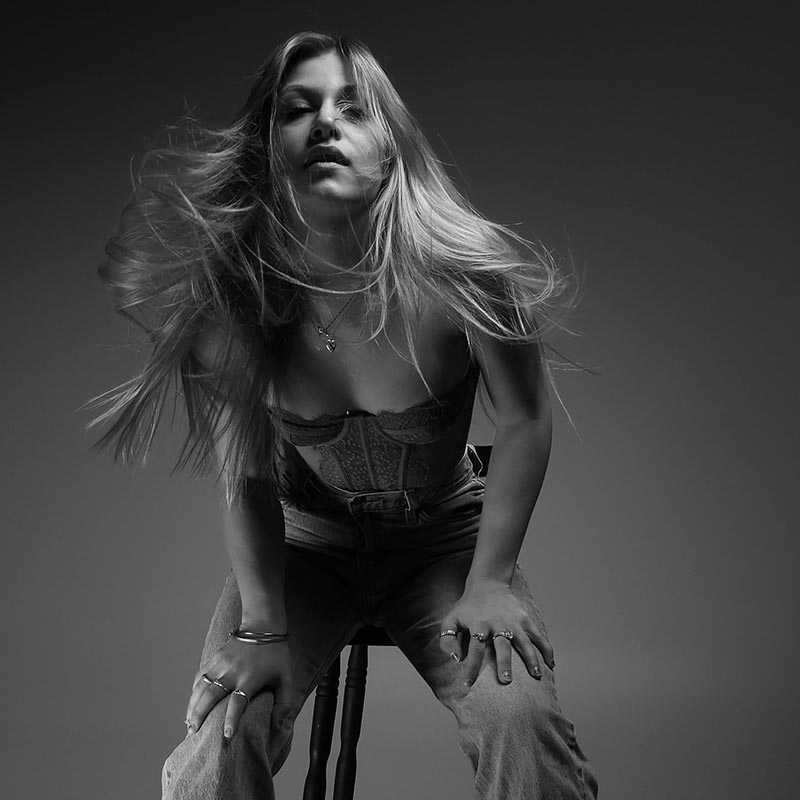
The Pros of Flash Lighting for Photography:
By knowing the pros of flash photography, you might understand better why you might need, at times, to abandon a continuous lighting setup.
1) Flash lighting gives high Power Output:
Flash lighting provides a burst of intense light, allowing you to freeze fast-moving subjects or overpower ambient light. The high power output enables you to capture action shots, freeze motion, and achieve more control over the lighting in challenging environments.
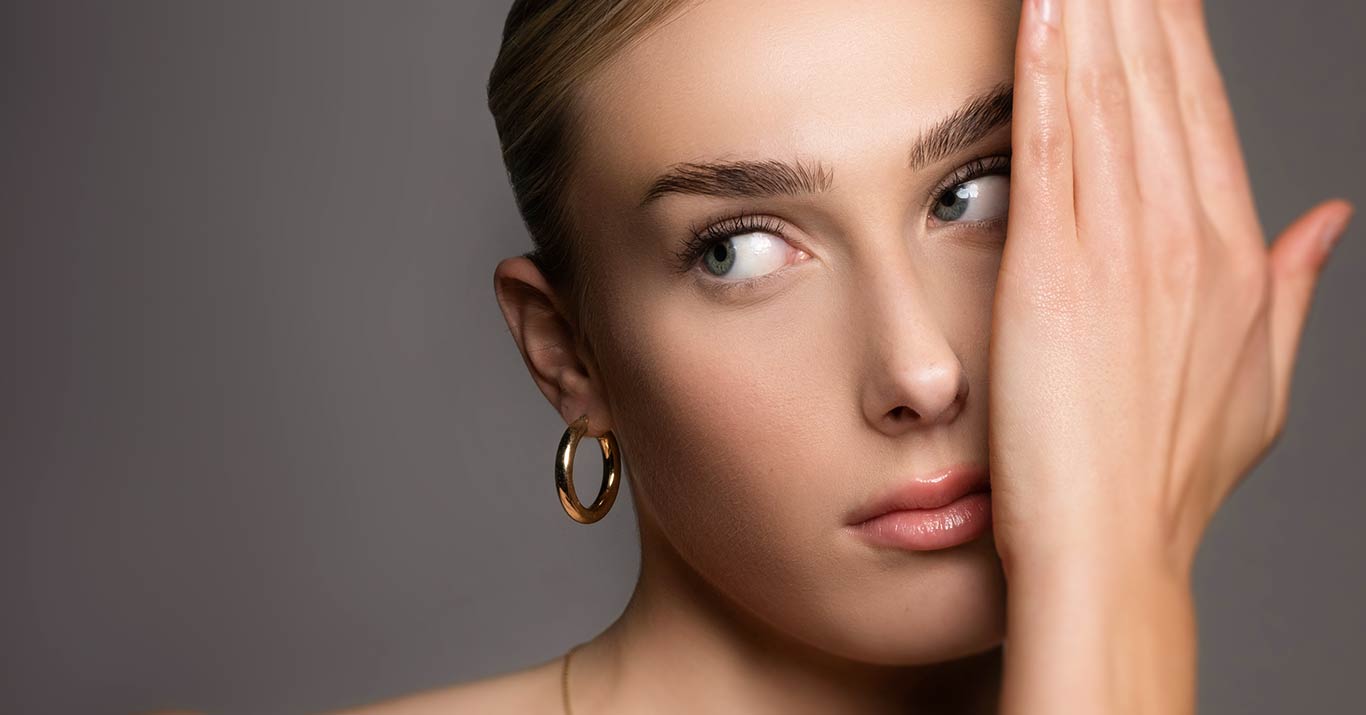
2) Flash photography is more Portable:
Because flashes give a small burst of intense light, you can get great lighting with portable and lightweight options. This makes flash lighting for photography a better choice when shooting on location. Some battery-powered flash units provide flexibility and freedom of movement, allowing you to work in different settings without relying on a constant power source.
3) Flash lighting has excellent colour accuracy:
Flash lighting systems are known for their consistent colour accuracy. They offer an exact colour temperature (Generally 5300 or 5200K) control and accurate colour rendition, ensuring consistent and faithful colour reproduction. With a flash photography setup, once you lock into a specific photo colour temperature, you can always expect that your subject was lit in that temp.
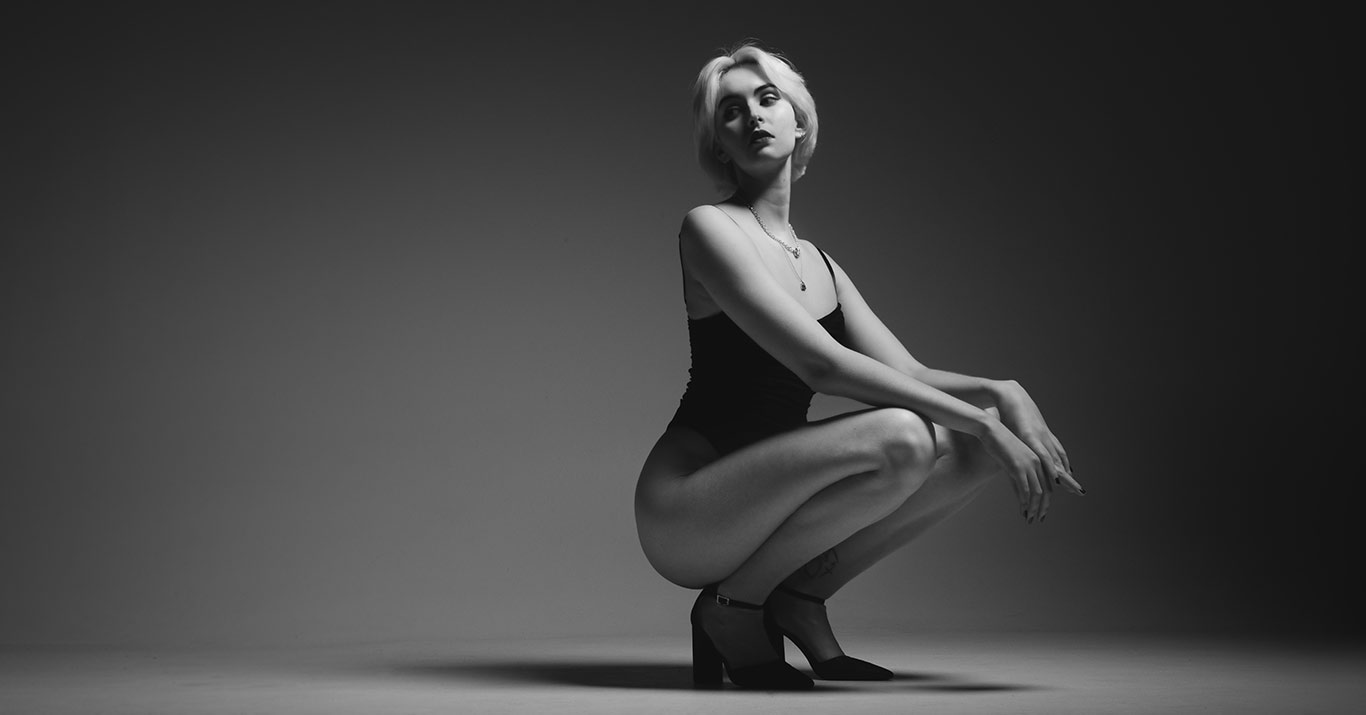

Cons of Flash Lighting for Photography:
1) Flash lighting takes time to learn:
Flash lighting setups can be more complex. Understanding flash synchronization, power settings, and shutter synchronization can be challenging for beginner photographers. However, with practice and experimentation, the learning curve can be overcome.
2) Flash lighting has limited Real-Time Preview:
Unlike continuous lighting, flash lighting does not provide a real-time preview of the lighting you decide to use. The burst of light happens too quickly for you to observe the shadows, highlights, and overall lighting before taking the shot. Achieving desired results requires a gentle balance between technical knowledge, experience, and trial and error.
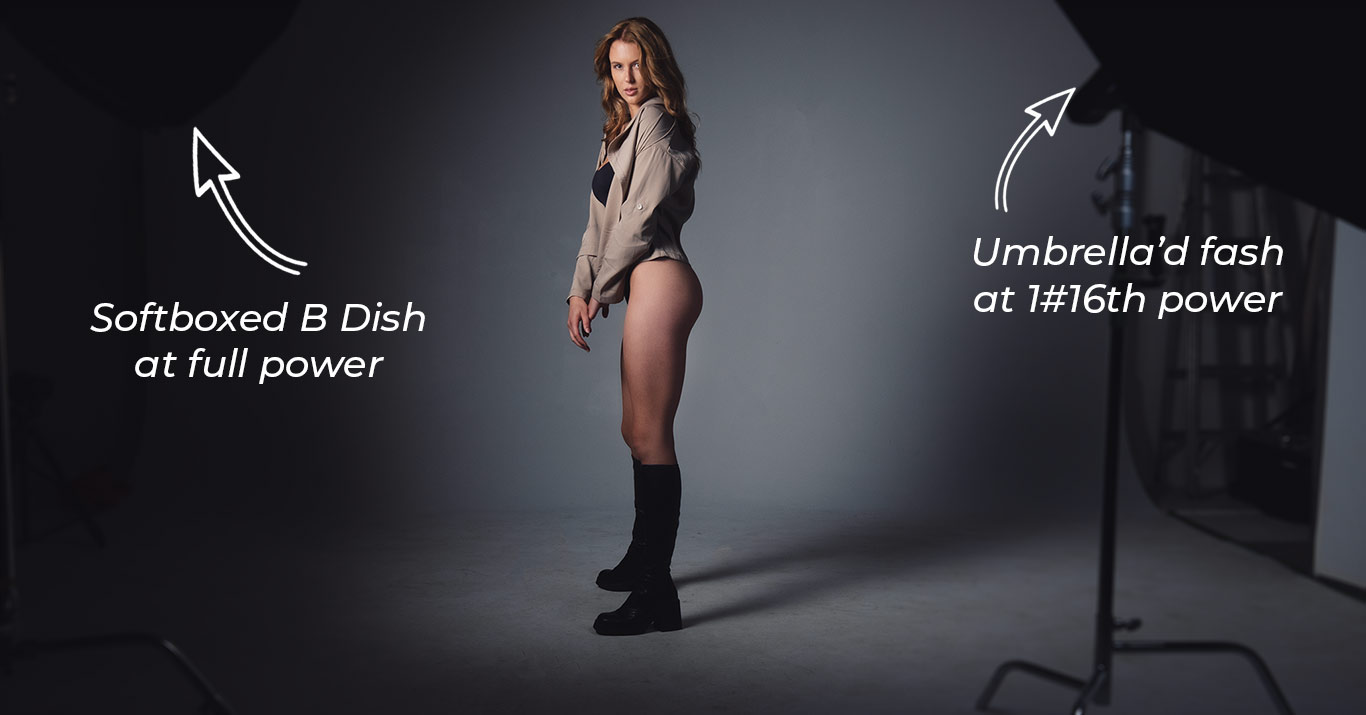
Conclusion (Which lighting option should you pick?)
So who should use flash photography lighting, and who should use continuous lighting photography?
Anyone who shoots photos and videos should work with continuous lighting. This includes photographers with a strong online presence that rely on behind-the-scenes footage. Continuous lighting will light up your studio for video footage, whereas flash studio environments tend to be dark.
Commercial photographers prefer flash setups because high light output ensures small apertures and deep depth of field where everything is tack sharp in focus. There are just more options for image quality.
Beginner photographers prefer a continuous light setup as it gives instant gratification and is ideal for learning basic lighting principles. It is also an excellent way for photography teachers to show photography beginners how light behaves since every light movement can be demonstrated in real time.
There was a time when continuous lighting wasn’t an option for anyone wanting to shoot photos, but with new and improved LED and fluorescent lighting, continuous lighting has become a serious contender for many beginner and professional photographers.
Whatever choice you make, remember that the most important thing is to try what you have chosen, look at the results, and correct for the next shoot. Now go out there and start shooting.

I am a photographer, videographer, and copywriter living in Quebec City, Canada. I also have a YouTube channel and an Instagram account dedicated to creation and creativity via my main loves of photography, music, and writing.
To get in touch with me and discuss your collaboration, service needed, or advice, either go to the contact page and write to me via the contact form at the foot of this page.

Also, check out my video on when Natural light beats out flash photography

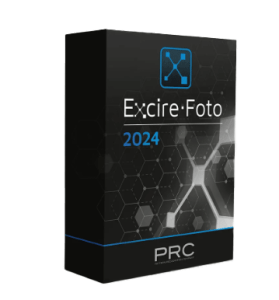







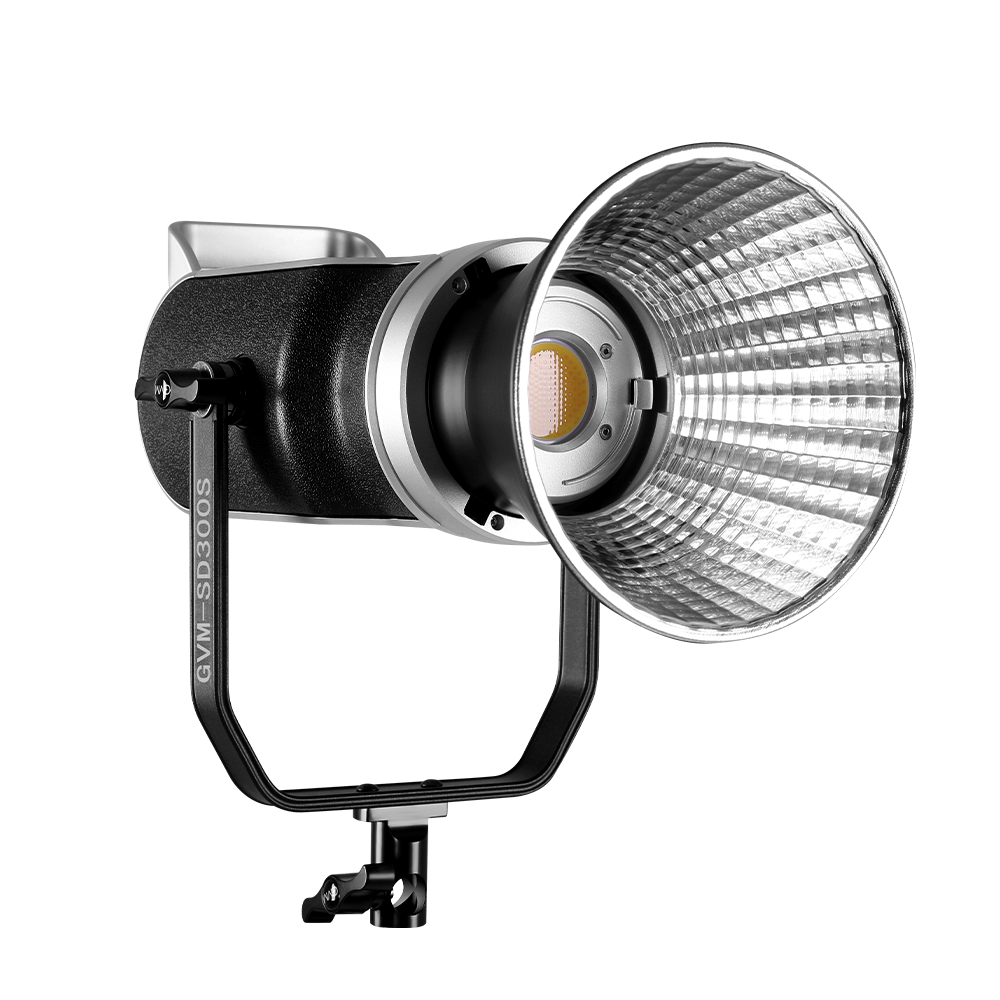
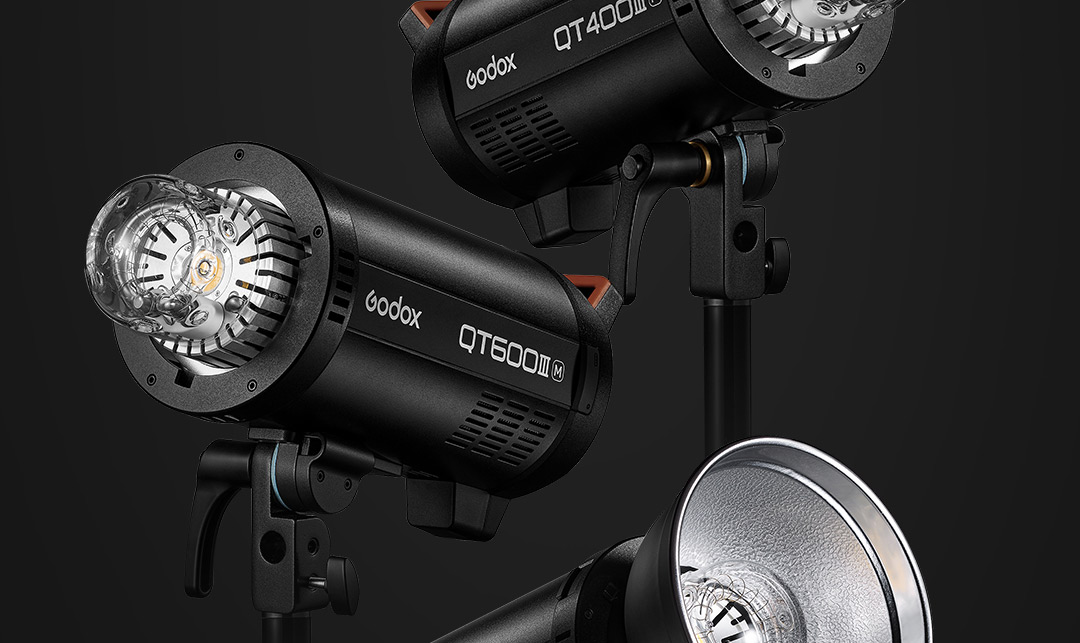
Continuous